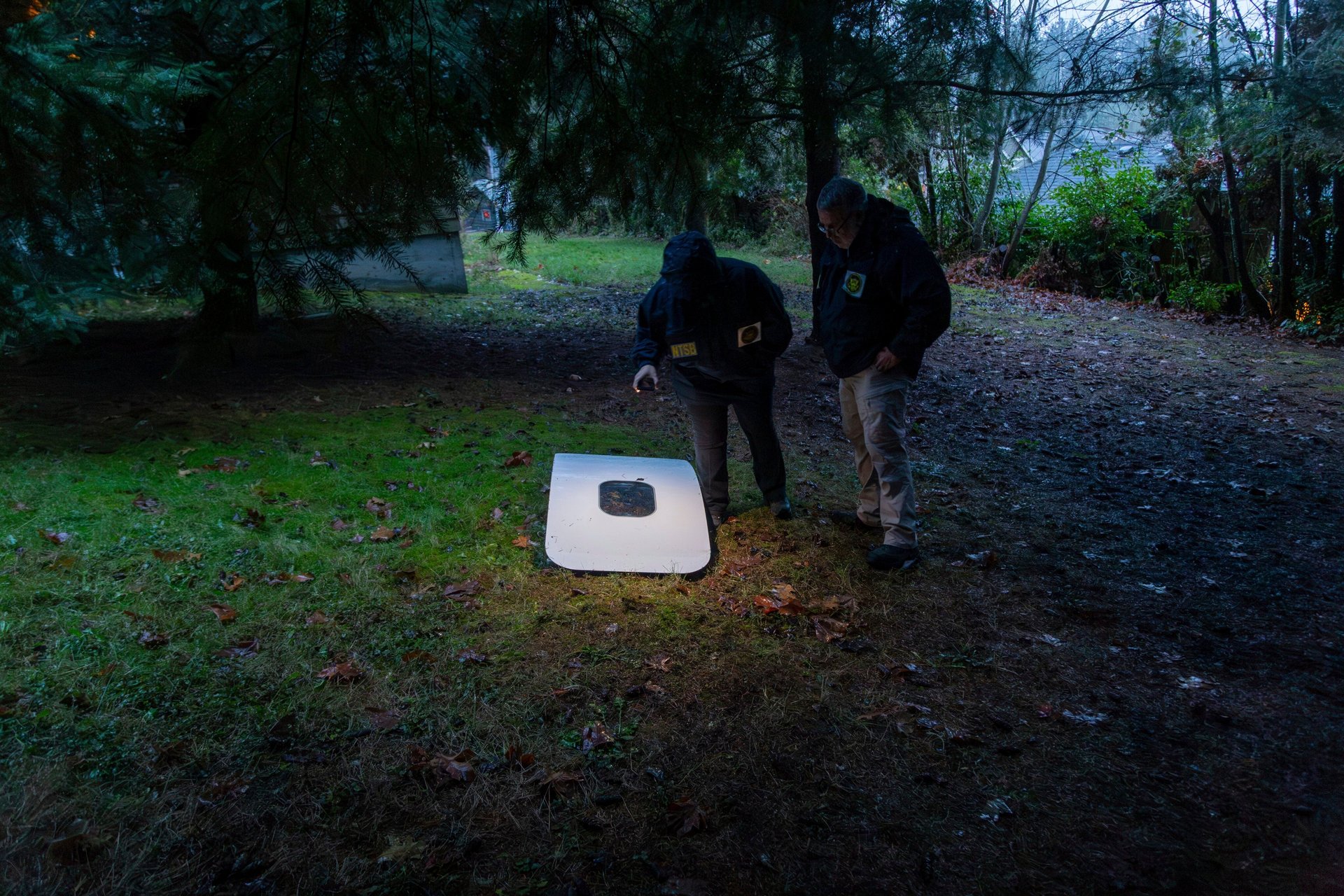What to know about the blowout on a Boeing 737 Max 9 jet and why most of the planes are grounded
An emergency landing by an Alaska Airlines jetliner last Friday prompted U.S. authorities to ground most of Boeing's 737 Max 9 aircraft, another black mark in the troubled history of the company's Max jets

An emergency landing by an Alaska Airlines jetliner last Friday prompted U.S. authorities to ground most of Boeing’s 737 Max 9 aircraft, another black mark in the troubled history of the company's Max jets. Here's what you need to know.
Suggested Reading
U.S. aviation authorities have begun an investigation focused on a paneled-over exit door — called a door plug — that blew off the passenger jet shortly after takeoff. Airlines have the option to install a door plug in place of an actual emergency exit door. While Boeing’s Max aircraft have been plagued with problems, no previous incidents have involved blowouts such as this one, which are exceedingly rare in air travel. None of the passengers or crew members on the flight were seriously injured.
Related Content
The emergency grounding order affected about 171 planes with installed door plugs, comprising the vast majority of the roughly 218 Max 9s in service around the world. Alaska and United Airlines are the only two U.S. passenger airlines that operate Max 9 aircraft.
Investigators said Sunday they had found the missing door plug and were examining it for clues. Alaska and United said Monday that preliminary inspections have identified what they called “loose hardware” or “bolts that needed additional tightening” in the door plugs of grounded aircraft.
There have been no U.S. jetliners involved in a fatal crash since 2009. But a surge in close calls between planes at U.S. airports prompted the FAA to convene a “safety summit” last year to emphasize the need for careful flying.
The Alaska Airlines incident has also renewed questions about the safety of Boeing’s Max 8 and Max 9 aircraft, the latest versions of the company’s storied 737, although previous issues were unrelated to Friday's blowout. Max 8 planes were grounded for nearly two years after two crashes in 2018 and 2019.